The month-long stretch between our Independence Day in August and Republic Day in September is a great time to reflect on our democracy and its development thus far. Trinidad and Tobago is one year shy of its Diamond anniversary of Independence and we’ll be celebrating #45 years as a Republic, so it’s only fitting that we spotlight the buildings that housed the arms of our democracy (and that have kept our democracy going) over the last few decades. First, we’ll review the main three branches of our government and then take a virtual tour of the administrative buildings that are home to these arms of our democracy. Look out for one #BonusSite at the end!
Harken back to your Social Studies Class (who remembers doing Law&Gov at UWI, omg!) for this lesson, dearest reader. Our country follows a Westminster style of democracy, which through a system of elections and appointments, results in three arms of democracy. These are: the Legislature, the Executive and the Judiciary.
The Legislature makes the laws. This arm consists of the parliamentary structure with its 41 elected members inclusive of the Prime Minister and Opposition leader. This is the House of Representatives and the Senate. (Basically, the “What We are going to do” Team).
Secondly, the Executive is specifically the Prime Minister and His/Her Cabinet. It focuses on adding specifics to the country’s policies (Bills) and dictates how the laws should be implemented. Take note: Executive Authority is vested in the President, the official who also assents to bills passed in the HoR and Senate. (Basically, the “How will we do it” Team).
Finally, the Judiciary is (actually) independent of the Government and its powers lie in the constitution. It is enforced by the judges and court system. (Basically the “Did you do it right or wrong” Team).
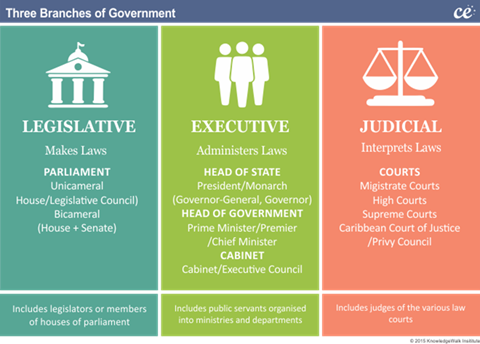
Table 1: Handy Reference Table (Caribbean Elections, 2021)
Legislature
The Red house is a complex of buildings, housing several governmental services. It was constructed between 1844-48. Classified as a Neo-classical (Beau Arts style) building it has retained much of original character. It features a central block and a domed roof with adjoining northern and southern wings. Its iconic red colour came in 1897- a project commissioned by Queen Victoria, for her Diamond Jubilee (QV strikes again!). It sits on a whole block, but there is access to the surrounding streets- a feature it retained since the days when horse drawn carriages would pass under a portal in the central building. The Red house was gutted by fire in the 1903 water riots and was then rebuilt in 1907. In the years after the events of the 1990 attempted coup d’etat, major repairs were undertaken to address structurally and water damaged areas. It was re-opened as the Seat of Parliament in 2019.
Did you know– skeletal remains dating back to the pre-colonial era were found buried under the foundations of the Red House in 2013.
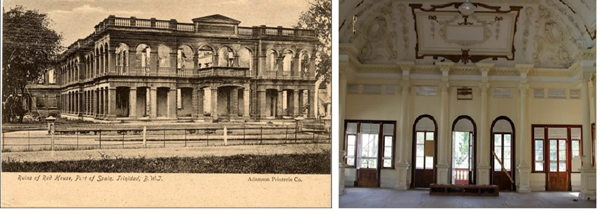
Photo 1:Left- From the UWI Goldberg Collection- A postcard showing the ruins of the Red House after the 1903 fire. Right- Interior of the Red House, while under recent renovations.
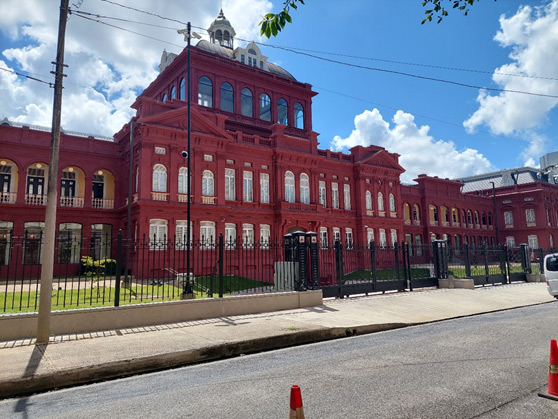
Photo 2: The Red House, 2021. View from St. Vincent Street. Photo by Catherine Serrant
Executive
Also known as Rosenweg, this is one of the #MagnificentSeven buildings. It was originally a family home constructed by Leon Agostini in 1904, during the time when cocoa was king. It changed hands, being acquired by the Henderson family, who named it Whitehall for the white coral stone from which it was constructed. Next, the Air Raid Precaution (ARP) made it their headquarters during the Second World War and the British Council rented the building from 1944 as a cultural centre. It was purchased by the Colonial Government of Trinidad and Tobago in 1954. In 1963 Prime Minister Eric Williams began using it for the Office of the Prime Minister (with only a short break in service while it was being restored) -a role it retained until 2009.
Did you know– this building was rented by major broadcasting and literary groups such as Central Library, Regional Library, Government Broadcasting Unit, Trinidad Art Society and Cellar Club

Photo 3: #Monitoring Exercise being carried out at this Listed Properties of Interest! Some members of the Heritage Preservation and Research Department (HPRD)
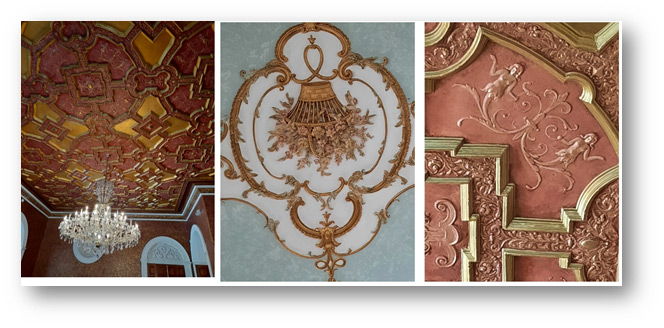
Photo 4: Intricate details inside Whitehall
Local blue limestone is one of my favourite construction materials, so President’s House must be specially mentioned, because it is simply gorgeous. It was constructed in 1867, but was not called President’s house then- because we were still a colony. This building is done in Victorian Italianate style of architecture, with an L-shaped design by James Ferguson. This was “the Cottage” for dignitaries and diplomats, and later the Governor-General’s residence between 1857 to 1958. Only in 1976 when we attained Republican status was it dubbed President’s house.
Did you know– Restoration was undertaken after the second floor collapsed, due to severe earthquake damage, in 2010.It was restored between 2018- 2019.
Feel free to take to the comments sections to discuss what powers presidents may or may not have. Side note: Restoration work is expensive; these materials don’t appear like magic.
It may be helpful to get in touch with our local network of heritage restoration professionals regarding the cost of this or other similar types of restoration.
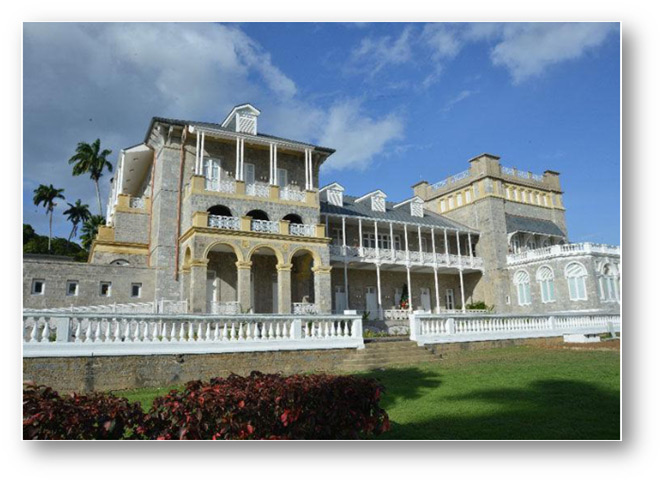
Photo 5: President’s House. Photo by Ashleigh Morris
Assembly Legislature Building (Tobago)
The construction of this gem was started in 1821 and was completed in 1825. This style of buildings is Georgian architecture. When it was opened, the building housed two notable institutions: The Tobago House of Assembly and the Tobago Legislative Council. Remember: prior to 1899, Tobago’s status would have been a stand-alone British colony; ergo Tobago’s law-making and court systems would have been in based within the island. The Assembly Building was also used to host both social events and commemorations. When Tobago became a Crown Colony (in 1899 when the annexation to Trinidad took place), the building lost its legislative functions, but housed several public offices such as the court house and Public Library. After gaining Independence and Republic status, restorations were carried out in 1980, and the THA Assembly chamber was once again housed in the building.
Did you know– The Georgian Portico was removed and many alterations have been made over time.
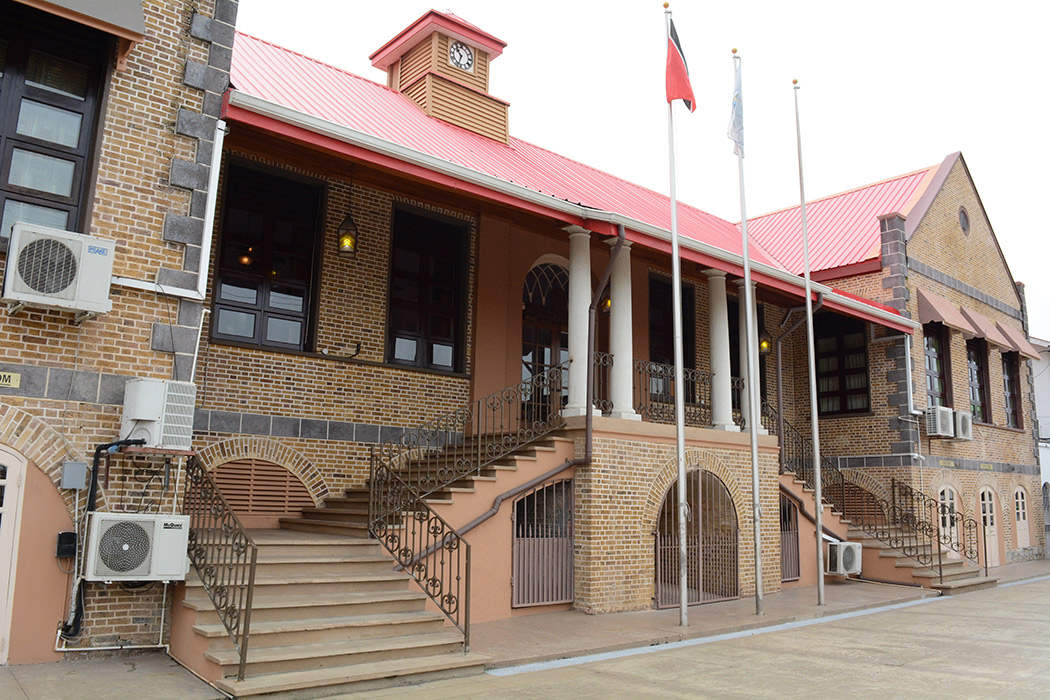
Photo 6: It’s the arches for me ♥ Photo by Kara Roopsingh
Judiciary
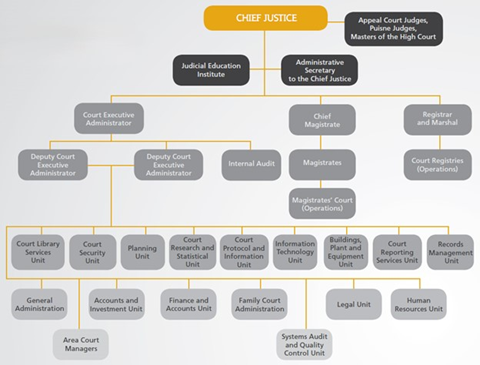
Photo 7: Structure of the Judiciary of Trinidad and Tobago (Photo from the Judiciary of Trinidad and Tobago)
Hall of Justice
Situated opposite Woodford Square, it’s the one with a lot of concrete panels and a wide, dramatic staircase at the main entrance. Handed over to the government in 1985 by Prime Minister George Chambers, the Hall of Justice houses the Court of Appeal, as well as the High Courts for civil, criminal and probate matters. The Tax Appeal Court is also housed here. Inside is the main court hall, with 16 court rooms on the1st floor. Other floors feature the judges’ Chambers and Main library.
Did you know – the external concrete panels provide heat and sound barriers. These were made in Holland out of self-cleansing concrete. Check out this YouTube video by the Parliament of Trinidad and Tobago, for a closer look at the HoJ.

Photo 8: So Regal. (Photo sourced from Anthony C Lewis Architecture- the group that designed this masterpiece.)
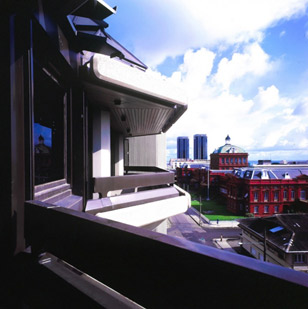
Photo 9: On the Balcony, you can see the Red House! (Photo by ACLA) #Neighbouring_Heritage_Sites
Time for the #BonusSite! I chose to include this one, as it is among top 5 the favourite Trini sites. It is a major representation of newer Trini architecture and would be immediately recognized when shown to anyone around the world. I’m talking about the Twin Towers!
Twin Towers
This is a masterpiece when it comes to earthquake safety in the Caribbean. Situated on Independence Square, keep in mind this is situated on reclaimed, very-near-to-the-waterfront land, so it was purposely engineered with cross-braces (that unique pattern seen on the outside) and thick internal core walls, when it was constructed in 1979 in order to withstand tremors. Opened in 1986 its actual name is the Eric Williams Financial Complex or Eric Williams Plaza. The first building is the Central Bank Tower and the second is the Eric Williams Tower. These can boast of being some of the tallest buildings in the English-speaking Caribbean.
Did you know– once the highest building on the POS skyline, the Twin Towers are a whopping 22 storeys tall at 302ft.
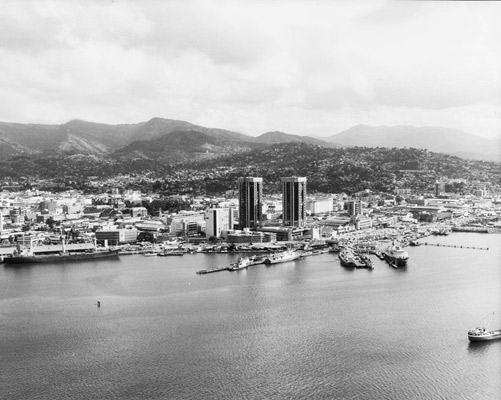
Photo 10: A gorgeous view from the water: The Twin Towers. (Photo by ACLA)
The #BuiltHeritage spirit within me, said, “Trinbagonians cherish so many built heritage monuments; write about the sites related to our democracy”. And so that is what I did, and I hope that I’ve re-ignited that patriotic fervour within you! Where is that patriotic spirit leading you this Republic Day/ long weekend? Maybe on a family road trip to take pics at various Natural and Built heritage sites, especially those that have been around since 1976? After all, this is our 45th anniversary T&T! We want to see your #TT_RepublicDay_2021 Heritage selfies and group shots. Be sure to tag us on IG and FB with your site-seeing pics. Celebrate safely and Happy 45th Republic Day Trinidad and Tobago.
Sources
Michael Goldberg Collection. University of the West Indies. Alma Jordan Library Digital Collections. Special Collections:
Ruins of Red House, Port of Spain, Trinidad, B.W.I. GoldF6_62C https://uwispace.sta.uwi.edu/dspace/handle/2139/6989
Financial Complex (Civic) photo. Anthony C Lewis Architecture (ACLA) https://aclaarchitecture.com/projects/financial-complex/
“Roles and Functions.” Office of the President. Republic of Trinidad and Tobago. 2021 https://otp.tt/the-president/roles/
“Structure of the Judiciary” (Image). Judiciary of Trinidad and Tobago. 2020 https://www.ttlawcourts.org/index.php/about-the-judiciary-1/structure
The Hall of Justice (Civic) photos. Anthony C Lewis Architecture (ACLA) https://aclaarchitecture.com/projects/hall-of-justice/
Understanding Government. “The Three branches of Government” (image). Caribbean Elections. Sept 2021.http://www.caribbeanelections.com/education/democracy/government.asp

